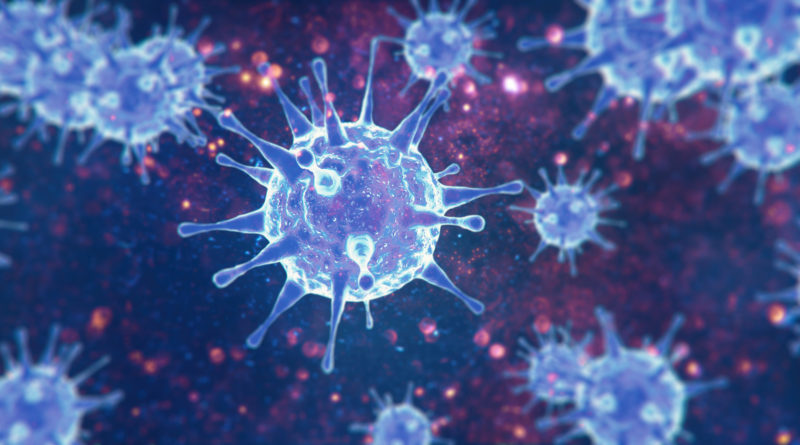What Are COVID-19 Breath Tests?
14,413 total views, 1 views today
Recently, the FDA approved the first COVID-19 test that works by detecting the virus in breath samples. Will these replace the other testing methods as the go-to way of detecting COVID-19? Read on below to learn how COVID-19 breath tests work and whether they’re a suitable replacement for more traditional methods.
How does a breath test work?
The COVID-19 “breathalyzer” is a machine roughly the size of a piece of carry-on luggage, and it’s available for doctor’s offices, hospitals, and mobile testing stations.
The machine requires someone to blow into a straw for up to ten seconds to work, making it the least invasive of the testing methods. Doctors have hopes that this new technology will expand the number of people willing to be tested, as it doesn’t come with the discomfort of a nasal swab.
The fastest method
The primary advantage of a breath test over other testing methods is that it’s by far the fastest option available. Other methods can take anywhere from a few hours to five days to produce a result, but the new COVID-19 breath tests only take about three minutes.
One possible application of this new technology is for rapid testing at large gatherings and events. Since test results only take three minutes, this approach wouldn’t cause significant delays in admitting people to events.
How reliable are they?
With the increased speed of testing comes a slight decrease in reliability. The FDA said that this method of testing could fail to detect roughly one in 10 positive cases. As with the other methods of testing, a positive breath test can almost always be trusted, but if you receive a negative result, it’s best to get a PCR test done to be safe.
Will breath test results be accepted as proof that you aren’t sick?
The primary use for these new breath tests is for individuals to find out whether they have COVID-19 or not so they can choose to isolate themselves and take safety precautions. The breath tests most likely will not be accepted as proof that you aren’t sick for purposes of traveling and attending certain events.
If you’re traveling to a foreign country, a resort, or anywhere else that requires a negative test, be sure you understand their requirements for which kind of test you get before you go. Presenting the wrong type of test result at the last minute can unexpectedly ruin vacation plans.
Other testing options
There are three primary types of COVID-19 tests: PCR tests, antigen tests, and antibody tests. This breathalyzer test is expected to have similar accuracy to the rapid antigen tests, so the two are equally good options, but neither is as accurate as the PCR test.
Other than the new breath tests, there are three methods for taking a COVID-19 test. These include the nasal swab, the nasal pharyngeal swab, and a saliva test. Of all the test methods, the nasal pharyngeal swab is the most accurate, and the new breathalyzer test is the least accurate, so take this into account when getting tested.

